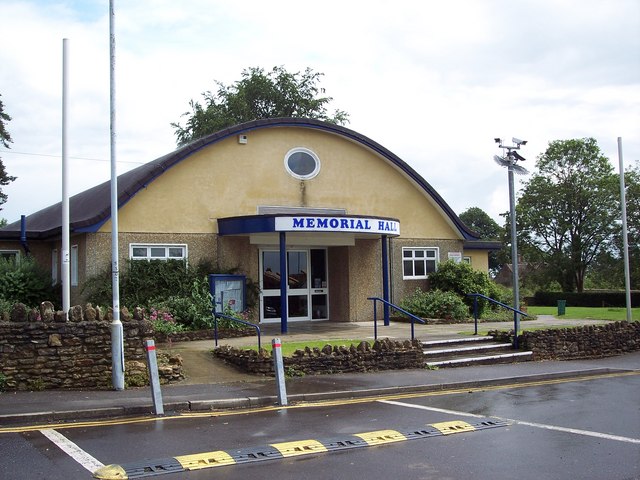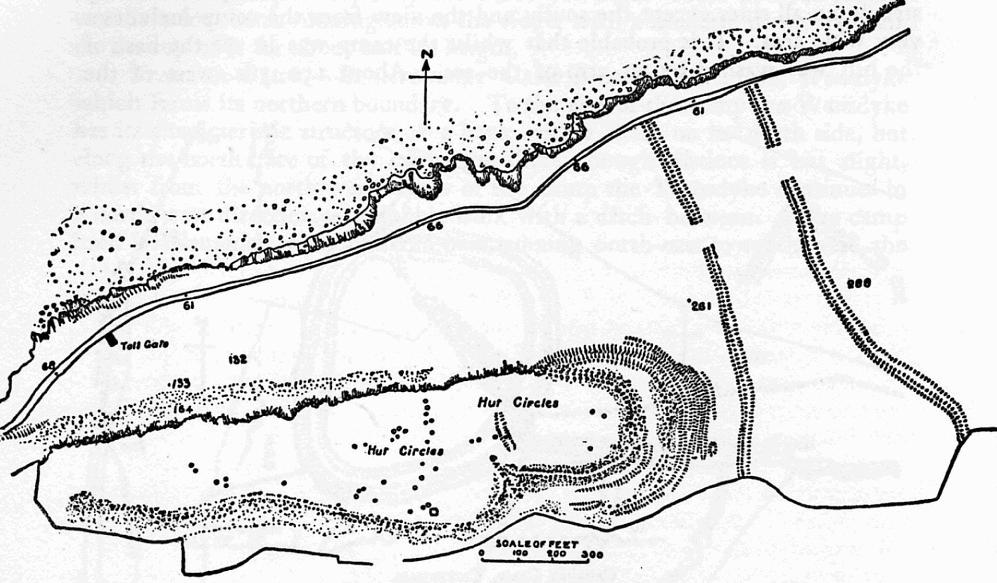|
A357 Road
The A357 is a road that leads from Blandford to Wincanton. In combination with the A350 and A371, it forms the main route between Blandford and Poole and Weston-super-Mare, of which it is the intermediate segment. There have been calls for traffic calming measures at Sturminster Newton, regarding a perception of many vehicles exceeding the speed limit. Between August 2011 and August 2016, there were 2 slight injuries due to road traffic accidents on the stretch. There have been fatal accidents on the stretch of road near Blandford Blandford Forum ( ), commonly Blandford, is a market town in Dorset, England, sited by the River Stour about northwest of Poole. It was the administrative headquarters of North Dorset District until April 2019, when this was abolished and .... References Roads in England {{UK-road-stub ... [...More Info...] [...Related Items...] OR: [Wikipedia] [Google] [Baidu] |
Blandford
Blandford Forum ( ), commonly Blandford, is a market town in Dorset, England, sited by the River Stour about northwest of Poole. It was the administrative headquarters of North Dorset District until April 2019, when this was abolished and its area incorporated into the new Dorset unitary authority. Blandford is notable for its Georgian architecture, the result of rebuilding after the majority of the town was destroyed by a fire in 1731. The rebuilding work was assisted by an Act of Parliament and a donation by George II, and the rebuilt town centre—to designs by local architects John and William Bastard—has survived to the present day largely intact. Blandford Camp, a military base, is sited on the hills north-east of the town. It is the base of the Royal Corps of Signals, the communications wing of the British Army, and the site of the Royal Signals Museum. Dorset County Council estimates that in 2013 the town's civil parish had a population of 10,610. The town ... [...More Info...] [...Related Items...] OR: [Wikipedia] [Google] [Baidu] |
Sturminster Newton
Sturminster Newton is a town and civil parish in the Blackmore Vale area of Dorset, England. It is situated on a low limestone ridge in a meander of the River Stour. The town is at the centre of a large dairy agriculture region, around which the town's economy is built. The larger part of the town (Sturminster) lies on the north side of the river, and includes most shops and services, whilst to the south is the smaller Newton. Between these two areas is a wide flood plain. The town was the home of poet and author William Barnes, and, for part of his life, Thomas Hardy. The town has 43 shops, a primary and secondary school, and a school and college catering for children with Special educational needs. In the 2011 census the town's civil parish had a population of 5,234. A market is held in the town on Mondays. One of the largest cattle markets in England used to be held here, but it was closed in 1998 and now in its place stands a housing estate and a 300-seat community arts ... [...More Info...] [...Related Items...] OR: [Wikipedia] [Google] [Baidu] |
Stalbridge
Stalbridge () is a small town and Civil parishes in England, civil parish in Dorset, England, situated in the Blackmore Vale, near the border with Somerset. In the United Kingdom 2011 Census, 2011 census the civil parish—which includes the hamlets of Stalbridge Weston, and Thornhill—had 1,160 households and a population of 2,698. The nearest towns are Sturminster Newton, southeast, Sherborne, west, and Shaftesbury, northeast. Stalbridge is situated on the A357 road (Great Britain), A357 on a low limestone ridge, west of the River Stour, Dorset, River Stour. It officially became a town in April 1992. Though relatively small, Stalbridge has its own independent supermarket, dispensing pharmacy, dentist and optician, as well as many other services, reflecting its catchment area (human), catchment area of surrounding farms and hamlets. It is also home to the local free newspaper, the ''Blackmore Vale Magazine''. History There was a settlement near Stalbridge in Roman Britain, ... [...More Info...] [...Related Items...] OR: [Wikipedia] [Google] [Baidu] |
Henstridge
Henstridge is a village and civil parish in Somerset, England, situated east of Sherborne in the South Somerset district, near the border with Dorset. The parish includes the hamlet of Yenston. In 2011, the village had a population of 1,814. History The village name means "the ridge where stallions are kept". The parish was part of the hundred of Horethorne. Yenston Priory was a 16th-century house of Benedictine monks. Governance The parish council has responsibility for local issues, including setting an annual precept (local rate) to cover the council's operating costs and producing annual accounts for public scrutiny. The parish council evaluates local planning applications and works with the local police, district council officers, and neighbourhood watch groups on matters of crime, security, and traffic. The parish council's role also includes initiating projects for the maintenance and repair of parish facilities, as well as consulting with the district council on th ... [...More Info...] [...Related Items...] OR: [Wikipedia] [Google] [Baidu] |
Templecombe
Templecombe is a village in Somerset, England, situated on the A357 road five miles south of Wincanton, east of Yeovil, and west of Salisbury. The village has a population of 1,560. Along with the hamlet of Combe Throop, it forms the parish of Abbas and Templecombe. History Prior to the Norman Conquest Combe was held by Leofwine Godwinson. One part of the village was known as Abbas Combe which was recorded in the ''Domesday Book'' of 1086–7 as ''Cumbe'', when it was held by the church of St Edward, Shaftesbury. The other manor within the parish was held by Godwinson, but after the Norman Conquest, was given to Bishop Odo of Bayeux. It was his descendant Serlo FitzOdo who granted it to the Knights Templar. The parish was part of the Hundred of Horethorne. Templecombe derives its name from ''Combe Templariorum'', after the Knights Templar who established Templecombe Preceptory in the village in 1185. After they were suppressed in 1312 it was granted to the Knights Hosp ... [...More Info...] [...Related Items...] OR: [Wikipedia] [Google] [Baidu] |
Wincanton
Wincanton ( or ) is a small town and electoral ward in South Somerset, southwest England. The town lies off the A303 road, a main route between London and South West England, and has some light industry. The town and electoral ward has a population of 5,272. History Windmill Hill was the site of a Bronze Age Beaker culture burial, and contemporary artefacts have been found on the Selwood Ridge. Prior to the Norman Conquest Wincanton was frequently the scene of battles between the Britons, Danes and Saxons. During the reign of Edmund Ironside, the English, under his command, defeated the Danes, forcing them to leave England. In the Domesday Book the name of the town was spelled as "Wincaleton", thought to mean "Pleasant town on the Cale". Cockroad Wood Castle, which is now in the parish of Charlton Musgrove, was a motte and bailey castle, probably built after the Norman conquest of England of 1066. The castle sits close to the contemporary Norman castles of Ballands and Castle ... [...More Info...] [...Related Items...] OR: [Wikipedia] [Google] [Baidu] |
A350 Road
The A350 is a north–south primary route in southern England, that runs from the M4 motorway in Wiltshire to Poole in Dorset. Route Starting at junction 17 of the M4 motorway north of Chippenham, the first three miles are a dual carriageway to the northern outskirts of Chippenham, where a partly light-controlled roundabout splits traffic between the bypass section and the road into the town centre. The Chippenham bypass is punctuated by six more roundabouts, the last being at the Lackham College. In so doing it crosses the A420 to Bristol and the A4 for Bath to the West and Calne to the East. It then goes past the small village of Lacock before reaching Melksham four miles later. The road then follows the Semington bypass, opened in 2004, to Westbury, crossing the A361 between Trowbridge and Devizes. This section of the road has two light-controlled junctions to connect the road to outlying areas of Trowbridge before reaching the Yarnbrook roundabout. This section is approxim ... [...More Info...] [...Related Items...] OR: [Wikipedia] [Google] [Baidu] |
Poole
Poole () is a large coastal town and seaport in Dorset, on the south coast of England. The town is east of Dorchester and adjoins Bournemouth to the east. Since 1 April 2019, the local authority is Bournemouth, Christchurch and Poole Council which is a unitary authority. Poole had an estimated population of 151,500 (mid-2016 census estimates) making it the second-largest town in the ceremonial county of Dorset. Together with Bournemouth and Christchurch, the conurbation has a total population of nearly 400,000. Human settlement in the area dates back to before the Iron Age. The earliest recorded use of the town's name was in the 12th century when the town began to emerge as an important port, prospering with the introduction of the wool trade. Later, the town had important trade links with North America and, at its peak during the 18th century, it was one of the busiest ports in Britain. In the Second World War, Poole was one of the main departing points for the Normandy l ... [...More Info...] [...Related Items...] OR: [Wikipedia] [Google] [Baidu] |
Weston-super-Mare
Weston-super-Mare, also known simply as Weston, is a seaside town in North Somerset, England. It lies by the Bristol Channel south-west of Bristol between Worlebury Hill and Bleadon Hill. It includes the suburbs of Mead Vale, Milton, Oldmixon, West Wick, Worlebury, Uphill and Worle. Its population at the 2011 census was 76,143. Since 1983, Weston has been twinned with Hildesheim in Germany. The local area has been occupied since the Iron Age. It was still a small village until the 19th century when it developed as a seaside resort. A railway station and two piers were built. In the second half of the 20th century it was connected to the M5 motorway but the number of people holidaying in the town declined and some local industries closed, although the number of day visitors has risen. Attractions include The Helicopter Museum, Weston Museum, and the Grand Pier. Cultural venues include The Playhouse, the Winter Gardens and the Blakehay Theatre. The Bristol Channel has a l ... [...More Info...] [...Related Items...] OR: [Wikipedia] [Google] [Baidu] |




